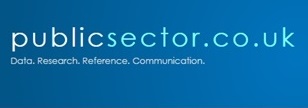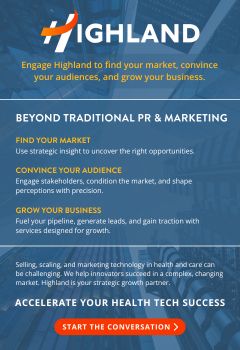By Barley Laing, the UK Managing Director at Melissa
The new government has new objectives and expectations, with an emphasis on positive change and efficiencies, which is important during a period when public expenditure is under pressure like never before.
Now is the time for the public sector to take the lead in driving efficiency savings and change – the focus of Labour’s manifesto – which are interlinked. However, for both to take place there has to be access to clean data on citizens and the appropriate technology to deliver it.

Obtaining clean data on citizens
When, according to MIT Sloan, the cumulative cost of inaccurate data is between 15 per cent to 25 per cent of revenue for most organisations, sourcing and maintaining accurate data on citizens is vital. The simple truth is poor quality data wastes resources, undermines everyday operations and communications – particularly personalised communications to citizens.
It will lead to the delivery of communications that often aren’t relevant or might not even reach the intended user, leading to reputation damage because citizens won’t be happy to see public money wasted in this way.
Inaccurate user data will also negatively impact on effective decision making. Using poor quality data to inform the future of a service, or the creation of a new one, will have consequences for effective resource allocation. This isn’t the type of change the government is looking for.
Delivering clean data
All that’s required are simple changes to the data quality process at the onboarding stage and for held data. A good start is to access technology such as an Address Autocomplete or Lookup service that delivers an appropriately formatted, correct address when the user begins to input theirs.
It necessitates deduplicating data using an advanced fuzzy matching tool to merge and purge the most challenging records, and therefore avoid the sending of multiple communications to the same user.
Also essential is undertaking data cleansing or suppression to highlight those who have moved, are no longer at the address on file or are deceased.
It’s important to source a data cleaning platform that can undertake all these actions – a scalable data cleaning software-as-a-service (SaaS) tool – which can be accessed in a matter of hours and doesn’t require coding, integration or training. It’s the best way to obtain accurate data on citizens to improve communications, and make learnings for effective decision making, which will help to deliver positive change and improve efficiencies.
Embrace technology to prevent fraud
Putting a stop to fraud is also a vital part of the journey to improve efficiencies, with the Cabinet Office estimating that fraud and error costs the public purse up to £51.8 billion every year.

With the plethora of identity documents to review from around the word, and levels of fraud remaining stubbornly high, using an electronic identity verification (eIDV) platform is the way forward to undertake ID verification. An automated tool such as this can be accessed via delivery mechanisms, including an “out-of-the-box” user interface with no integration required; or a cloud API (application programming interface); and scaled up or down according to the requirements of the users.
With these platforms being “always on” they are able, in real-time, to cross-check the names, addresses, email addresses and phone numbers provided by applicants during remote onboarding. This delivers a good experience, while preventing fraud. Sourcing an eIDV tool with access to billions of consumer and business records from reputable sources around the world, such as government, utility and credit agencies is recommended for the best outcome.
Using such an automated platform is significantly quicker, more accurate and cost effective for undertaking ID verification and preventing fraud when compared with manual checks. There’s no additional staffing or training costs, and there’s no risk of human error when using this technology.
The value of Microsoft SQL Server
While I’ve already covered SaaS and cloud APIs as ways to integrate technology onto your systems to drive efficiencies, one of the most valuable for the public sector is via Microsoft SQL Server.
The Microsoft SQL Server database management system is already used by many in the public sector. It offers a great route to easily access third-party applications via SQL Server Integration Services (SSIS), because it acts as a connector between systems, and functions at a high operating speed. Services can be simply accessed without further integration – just drag, drop and start using – to quickly benefit from efficiency savings.
Using SQL it’s not necessary to outsource anything or undergo complex data privacy and compliance because you are in control, with data remaining behind your organisation’s firewall. Therefore, there’s no danger of any data breaches.
However, it’s important to take into account that all connector technologies have their strengths. It’s simply a case of choosing the appropriate option for you that efficiently delivers the technology you need.
With a new government at the helm now is the time drive efficiencies and positive change by sourcing the appropriate technology to clean data on citizens, implement ID checks to prevent fraud, and access suitable connector technology to integrate it. It’s vital to get ahead in demonstrating efficiencies and positive change with resources set to be allocated in the autumn budget.
For more information about Melissa and their data quality and ID verification services please visit: www.melissa.com/uk, email: barley.laing@melissa.com or call: 020 7718 0070.







Recent Comments